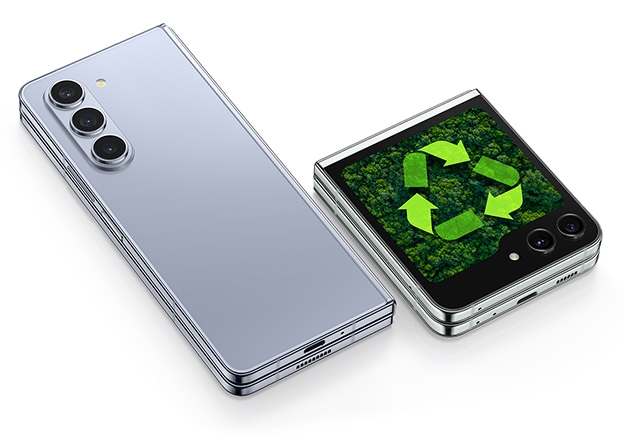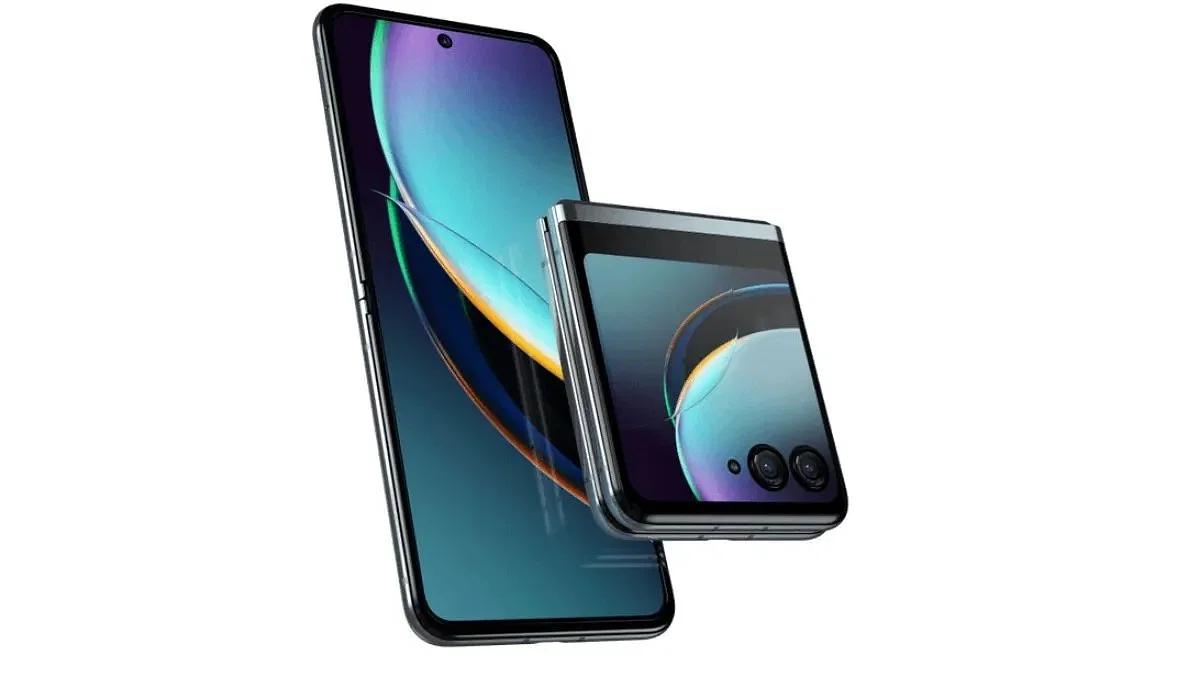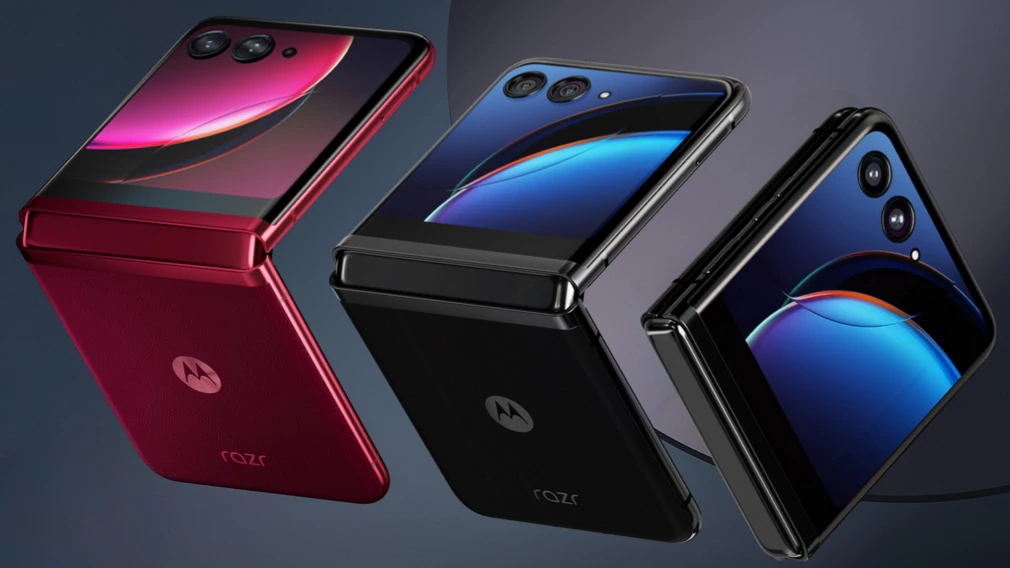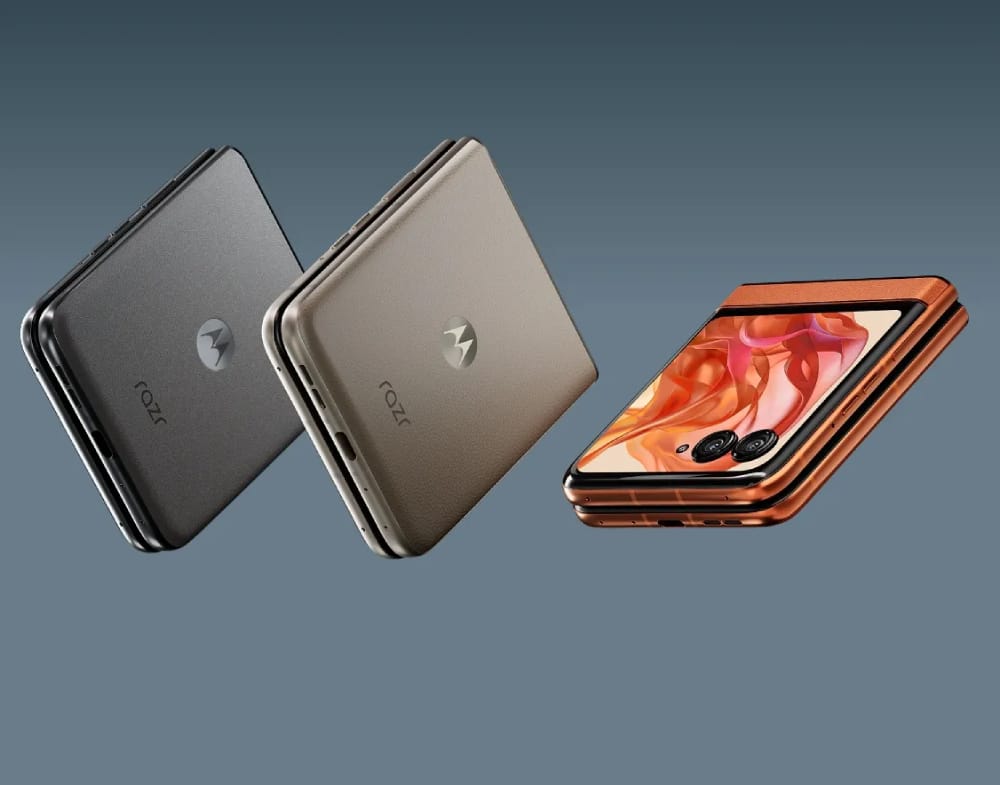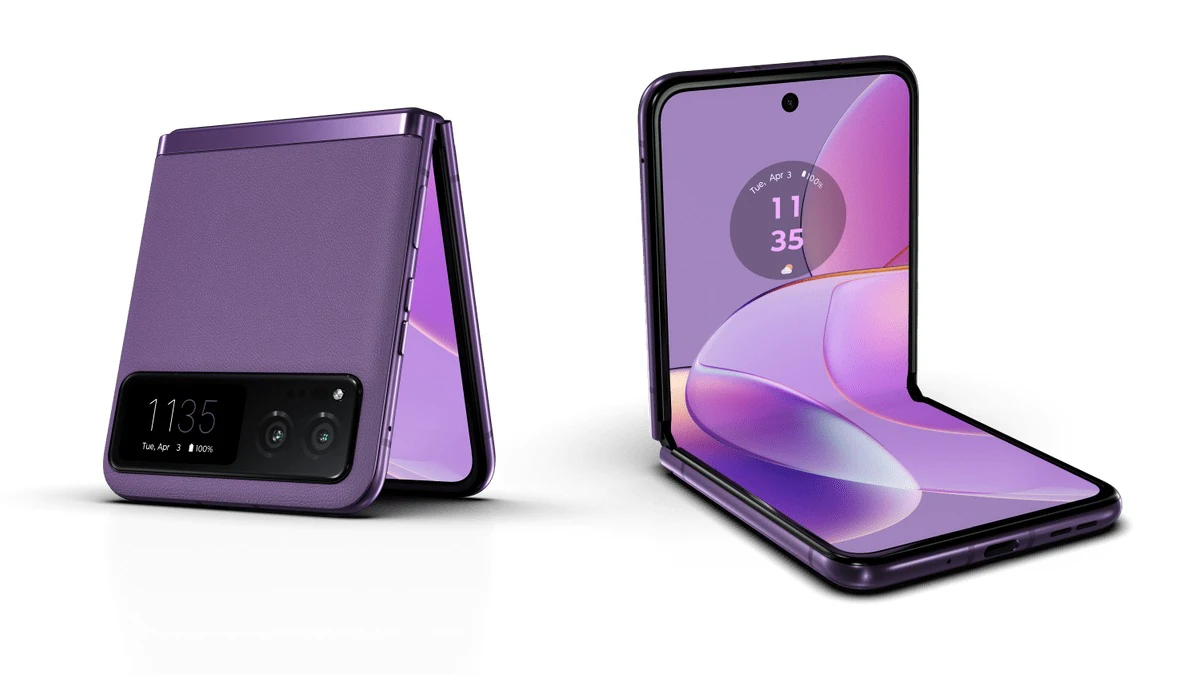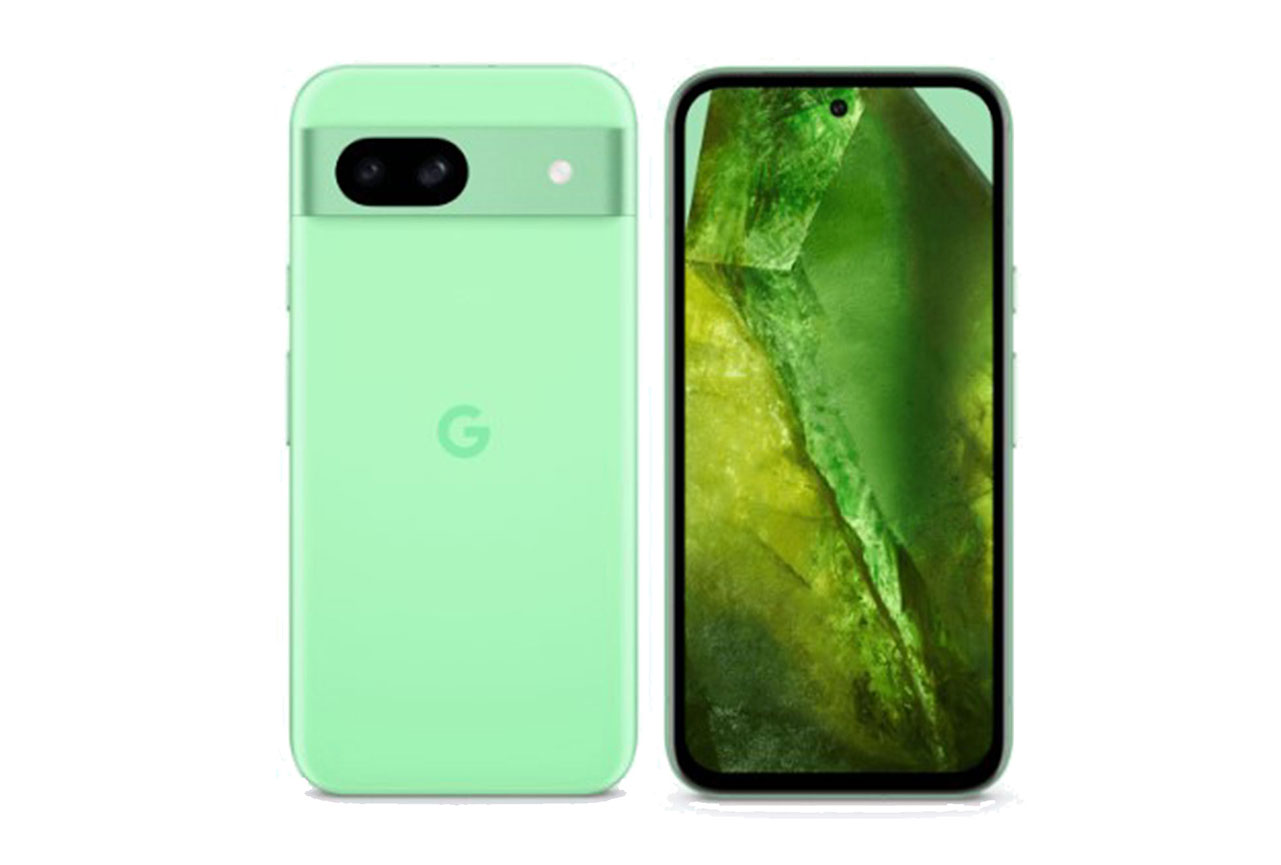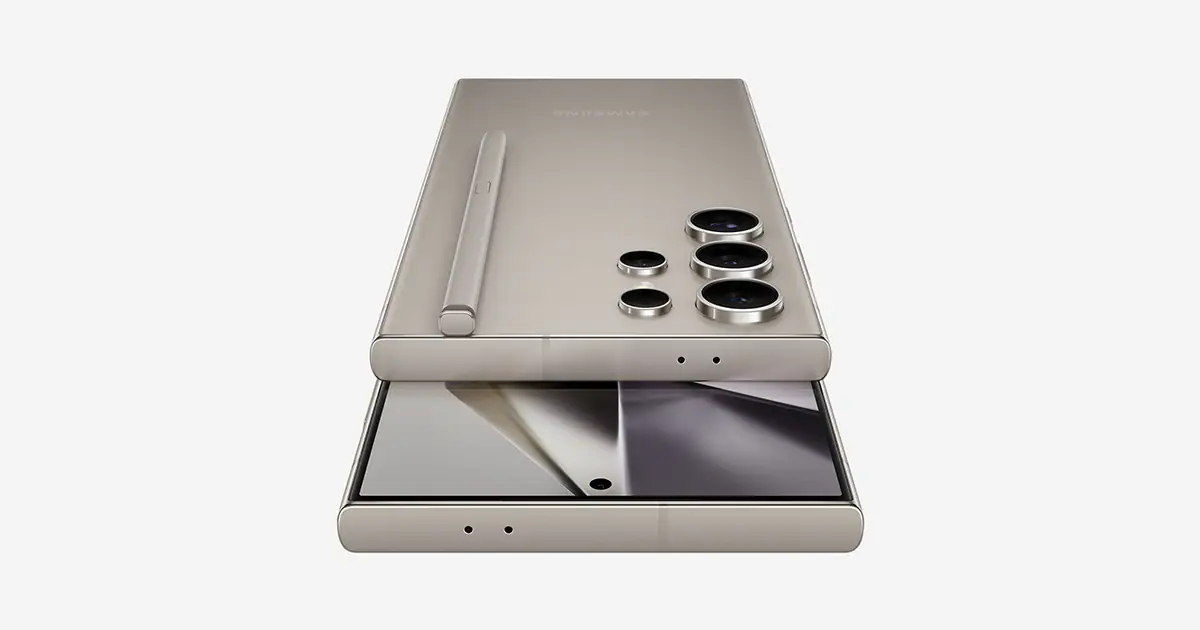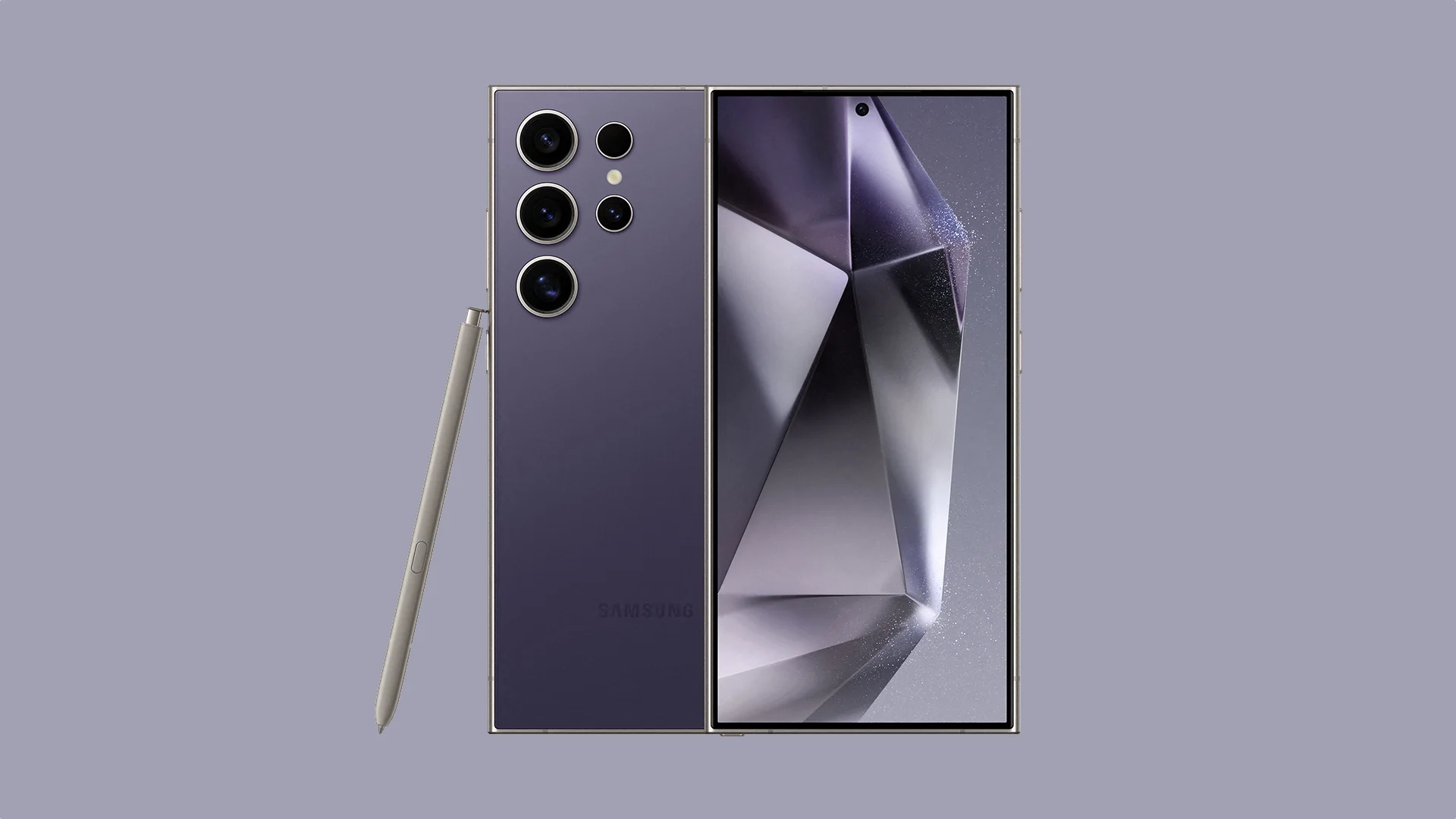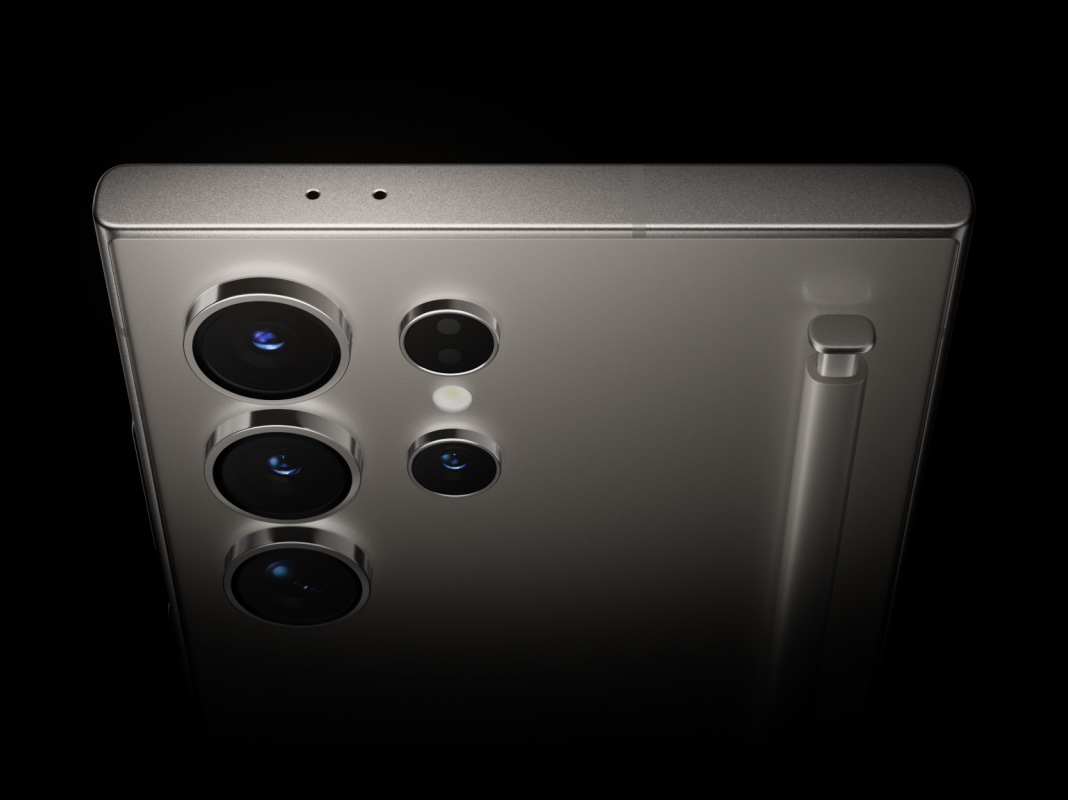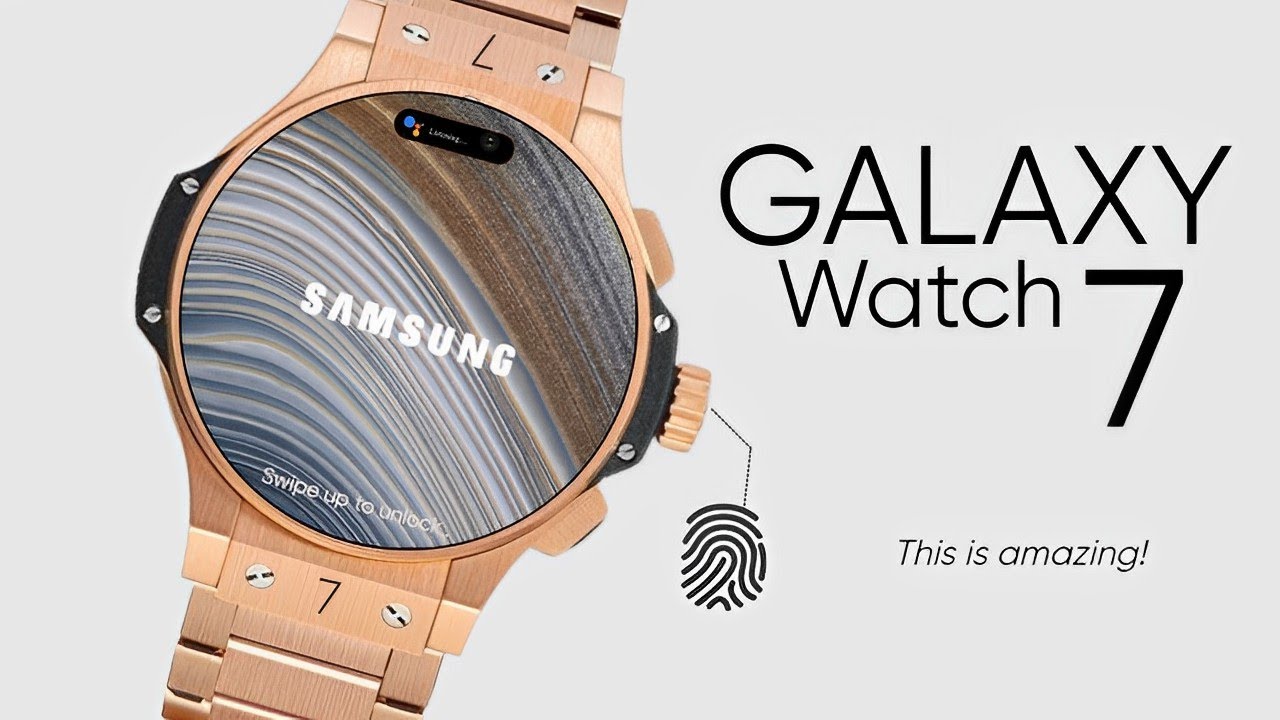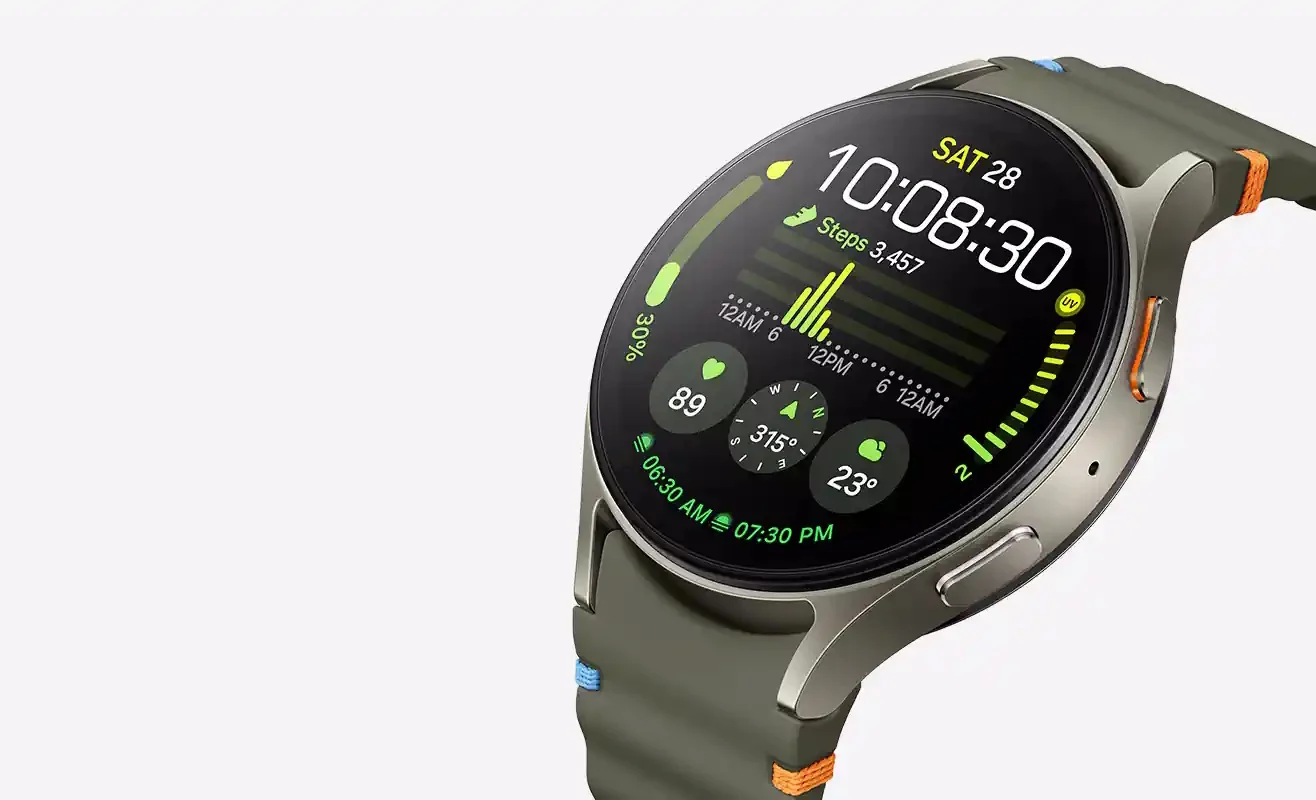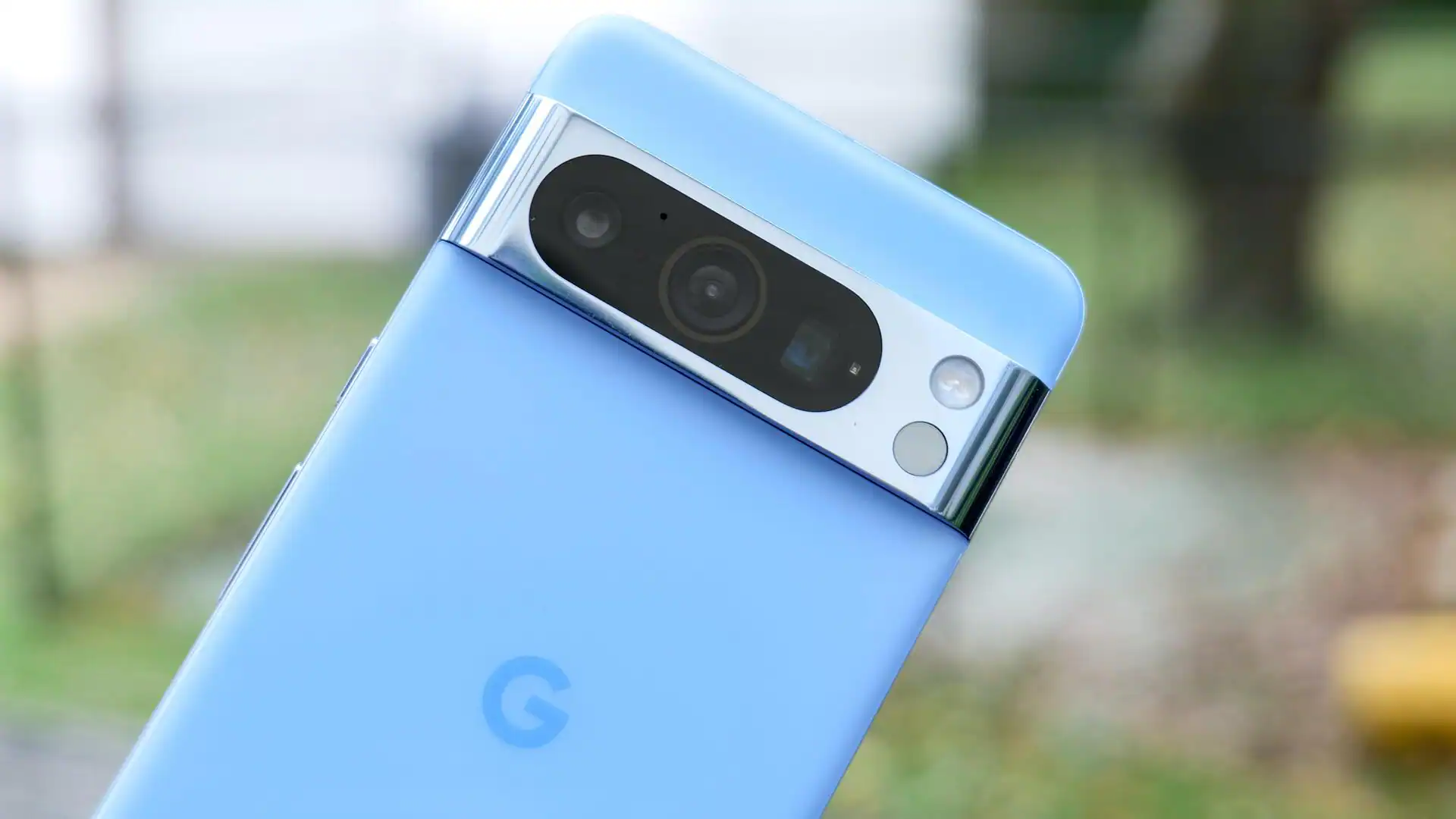The Samsung Galaxy Z Flip 5 is priced at $999.99 USD for the 256GB version and $1,119.99 USD for the 512GB version. However, there are several deals available that could lower the price, such as discounts and trade-in offers, depending on the retailer.

Verdict
The Galaxy Z Flip 5 impresses with its enhanced cover screen, which is not only larger but more functional. The new hinge design allows the phone to fold flat, giving it a sleeker look. Paired with a snappy chipset and reliable cameras, the Z Flip 5 offers a well-rounded package.
Cover Screen
The most significant upgrade in the Galaxy Z Flip 5 is the cover screen, which has grown to a 3.4-inch Super AMOLED display from the 1.9-inch screen on previous models. Although not a perfect square, the larger screen is far more useful and appealing. While the user interface is still limited to a few widgets like Calendar, Weather, and Steps tracking, these widgets now provide more information at a glance.
Samsung only allows a select number of apps, like YouTube, Netflix, and Google Maps, to run on the cover screen, but more can be added using the Good Lock app. Despite its limitations, the cover screen’s enhanced functionality may help reduce screen time, making it a boon for those looking to minimize phone usage.
Main Screen
When unfolded, the Galaxy Z Flip 5 reveals a 6.7-inch Dynamic AMOLED display, featuring FHD+ resolution and a 120Hz refresh rate. While it delivers a vibrant and sharp viewing experience, the tall aspect ratio might not be ideal for all types of media consumption. The foldable design does offer unique multitasking opportunities, like watching a video on the top half while scrolling through comments on the bottom.
Design
Samsung has refined the design of the Galaxy Z Flip 5, notably improving the hinge so that the phone closes flat, eliminating the gap seen in earlier models. The device is IPX8 rated, making it water-resistant, though it’s best to keep it away from dust. The hinge remains sturdy, and the fingerprint sensor, located on the right side of the frame, works well but may require multiple fingerprint registrations for seamless use when folded and unfolded.
The phone is available in several colors, including Graphite, Cream, and Mint, which add to its aesthetic appeal.
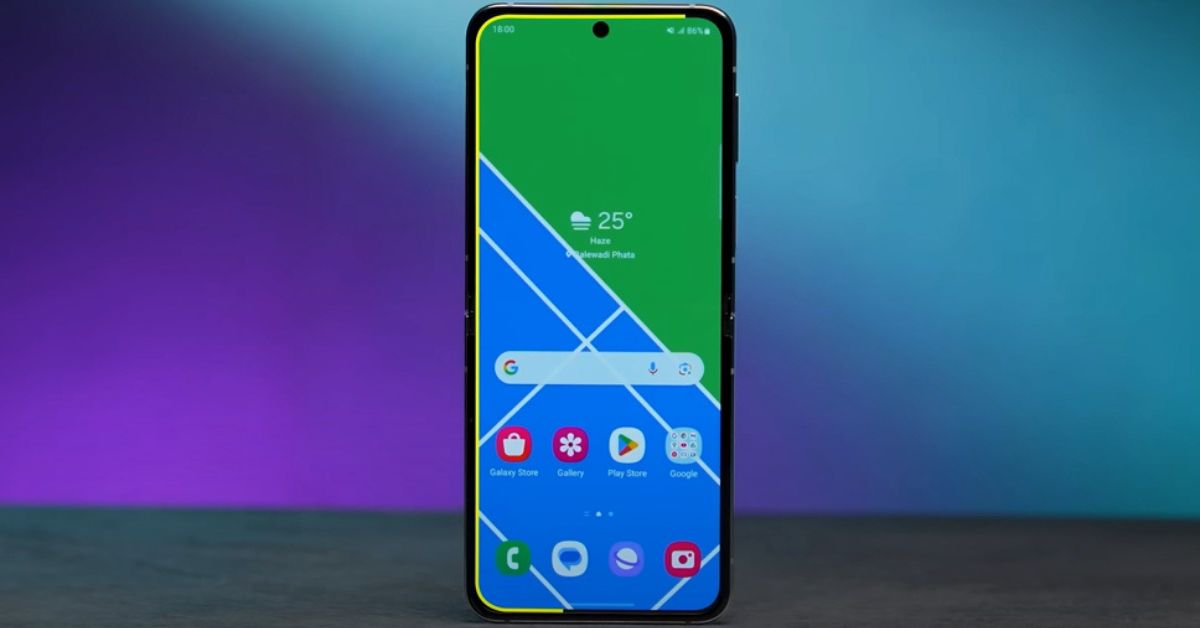
Cameras
The Galaxy Z Flip 5 features two 12MP cameras on the cover screen—a standard lens and a wide-angle lens—both of which deliver impressive results. Daylight shots are vibrant with good dynamic range, while low-light photos are also commendable. The wide-angle lens maintains consistency in color across shots, though it may lack detail when zoomed in. The 10MP selfie camera does an adequate job, but the real advantage lies in using the 12MP cover camera for even sharper selfies.
Performance and Software
Powered by the Snapdragon 8 Gen 2 chipset, the Galaxy Z Flip 5 handles tasks with ease. While not designed for heavy gaming or workloads, the phone performs well in day-to-day usage. The device comes with 8GB of RAM, with the option to allocate up to 8GB of virtual RAM for smoother multitasking. Running on Android 13 with OneUI 5.1, the Galaxy Z Flip 5 offers a clean user experience with minimal bloatware. Samsung’s commitment to four years of major OS updates and five years of security patches ensures long-term software support.
Battery Life
Despite numerous upgrades, the Galaxy Z Flip 5 retains the same 3,700mAh battery as its predecessor. This should last through a full day with moderate use, but heavier usage will likely require a recharge by day’s end. The device supports 25W fast charging, but you’ll need to purchase a charger separately, as it’s not included in the box.
Final Verdict
So, should you flip or fold? If you’re after a compact, stylish foldable phone, the Galaxy Z Flip 5 is a great choice. However, if productivity and a tablet-like experience are your priorities, the Galaxy Z Fold 5 might be the better option. For those looking to save, the Motorola Razr 40 Ultra offers a similar experience at a lower price, though it falls short in the camera department.
With its larger cover screen, powerful processor, dependable cameras, and strong software support, the Galaxy Z Flip 5 is a solid option for those who prioritize style and convenience. However, the battery life and limited app support on the cover screen could be areas for improvement.
Editor’s Rating: 8/10
Reasons to Buy:
- Larger, more functional cover screen.
- Improved hinge design for a flat fold.
- Dependable cameras.
- Stylish, compact form factor.
Reasons Not to Buy:
- Battery life requires frequent charging.
- Limited app functionality on the cover screen.
- High price tag.
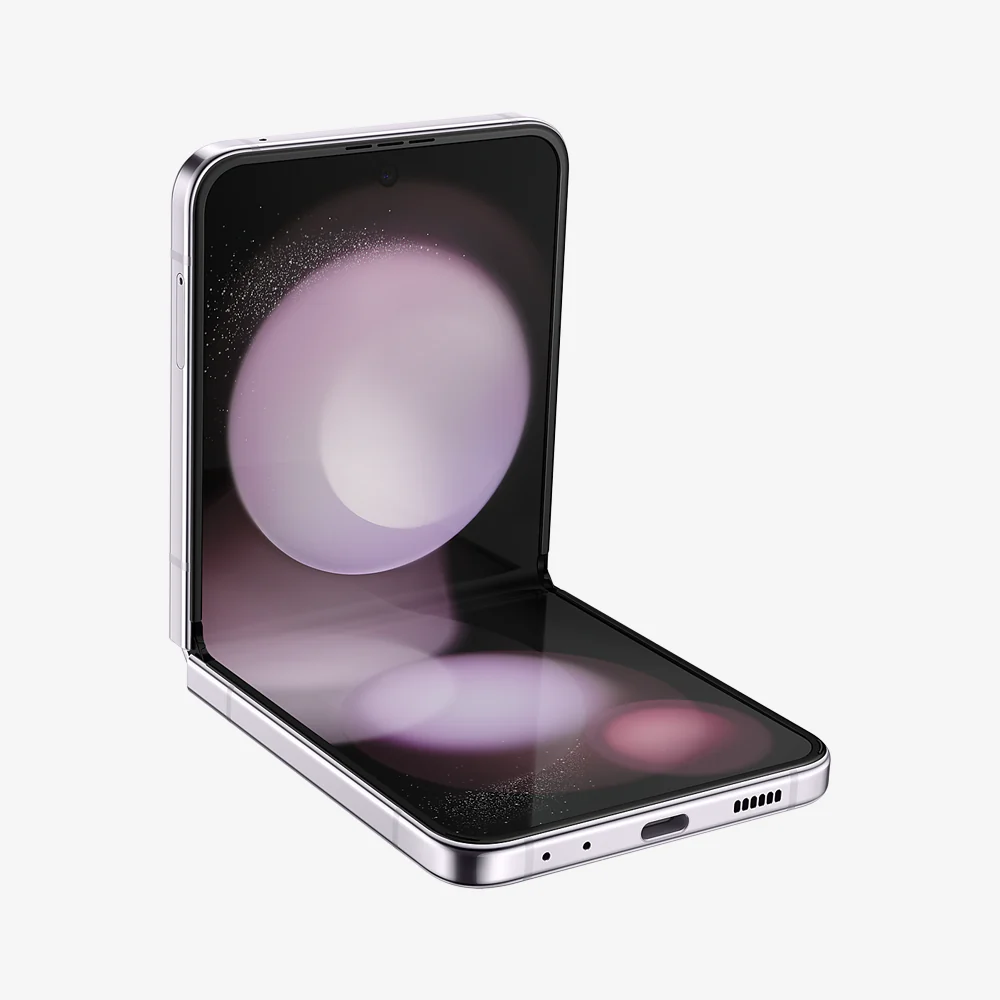
In conclusion, the Samsung Galaxy Z Flip 5 represents a significant evolution in the foldable smartphone market, particularly with its larger cover screen, improved hinge design, and robust performance. The expanded cover display is not just a cosmetic upgrade; it enhances usability by allowing users to interact more meaningfully with their device while it’s folded. This feature is especially beneficial for those who want quick access to notifications, messages, and certain apps without fully opening the phone.
The Galaxy Z Flip 5 also benefits from a sturdy and sleek design, water resistance, and dependable cameras that perform well in various lighting conditions. The Snapdragon 8 Gen 2 chipset ensures that the device is fast and capable, although it might not be the first choice for heavy gaming or multitasking due to its compact form factor.
However, the phone isn’t without its drawbacks. The battery life remains a concern, as it is likely to require a daily charge with regular use. Additionally, the limited functionality of the cover screen’s app support may disappoint users expecting a more seamless experience between the main and cover displays. Lastly, the price point, starting at around $999.99 USD, positions the Galaxy Z Flip 5 as a premium device, which might be a barrier for some consumers.
Overall, the Galaxy Z Flip 5 is an excellent choice for those who prioritize style and innovation in a smartphone, but it may not be the best option for users who need extended battery life or seamless app functionality between screens. If you’re in the market for a compact, stylish foldable phone that offers a unique user experience, the Galaxy Z Flip 5 is certainly worth considering.
